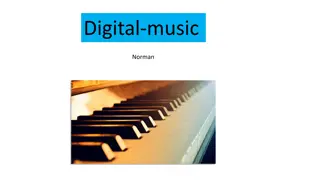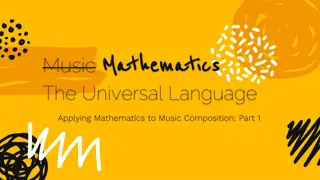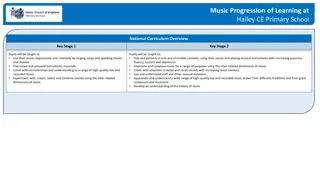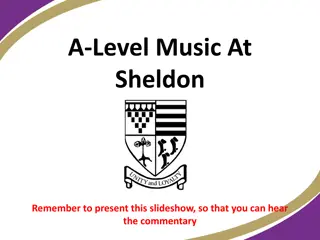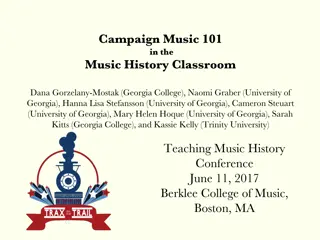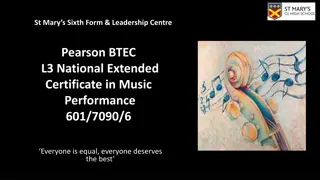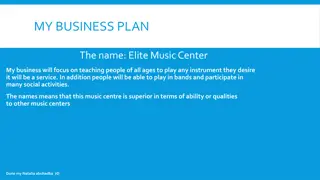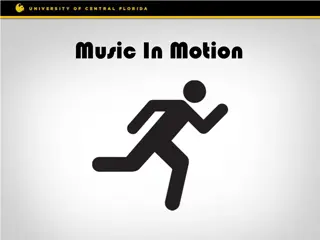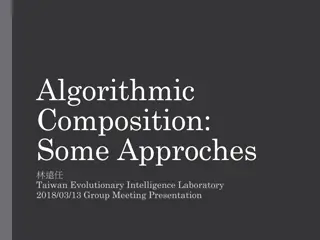Learning How to Read Music: Part 1 Explained
Dive into the fundamentals of reading music in Part 1 of this comprehensive guide. Explore topics such as pitch, instruments, staves, clefs, and symbols, providing a solid foundation for understanding music notation. Enhance your knowledge with visuals and clear explanations.
Download Presentation

Please find below an Image/Link to download the presentation.
The content on the website is provided AS IS for your information and personal use only. It may not be sold, licensed, or shared on other websites without obtaining consent from the author.If you encounter any issues during the download, it is possible that the publisher has removed the file from their server.
You are allowed to download the files provided on this website for personal or commercial use, subject to the condition that they are used lawfully. All files are the property of their respective owners.
The content on the website is provided AS IS for your information and personal use only. It may not be sold, licensed, or shared on other websites without obtaining consent from the author.
E N D
Presentation Transcript
Learning how to read music part 1
Recap of last term Warm up Exercise Not quite. Try again Well remembered. Good job! It determines how high or low the sound is in the music. It determines how fast or slow the music is.
We can divide instruments into those that are definite-pitched instruments and indefinite-pitched instruments. Instruments where the sound can change, like the piano and the flute, have a definite pitch. Instruments such as drums, the triangle, or most instruments in the percussion family have only one sound that they create which we cannot define. This makes the pitch indefinite. True False
The further the sound needs to travel, the lower the pitch. The shorter the distance the sound needs to travel, the higher the pitch. The size/length of an instrument does not change the pitch of the sound.
Staves/Staff Musical notes are placed on either one of the five lines, or one of the four spaces. The higher the note is on the staff, the higher the pitch. The lower the note is on the staff, the lower the pitch. higher lower
Bass clef indicates the pitch of the notes played. The pitch is often considered low. It is usually the second clef that musicians learn after treble, as it is placed on the bottom staff in the grand staff for piano. Among the instruments that use the bass clef are the cello, euphonium, double bass, bass guitar, bassoon, contrabassoon, trombone, tuba, and timpani. L
Grand staff The grand staff is a combination of the treble and bass clef staffs, which is then connected by a brace. This is used for instruments that can play two independent melodies, such as the piano, harp and xylophone. Brace
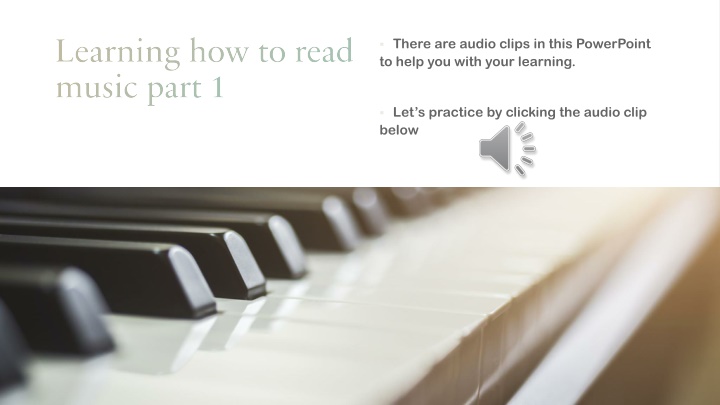




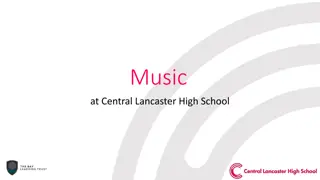
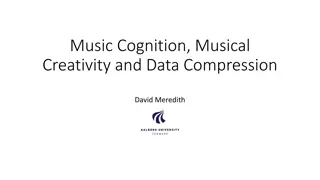
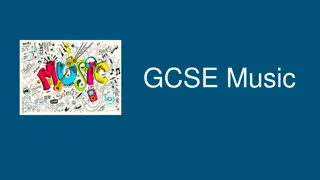
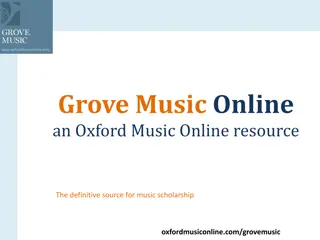
![The Exciting World of Live Music Through [Insert Town/City] Census!](/thumb/148894/the-exciting-world-of-live-music-through-insert-town-city-census.jpg)


